EDITORIAL
Published on 29 Sep 2021
Editorial: New Methods for Red Blood Cell Research and Diagnosis
doi 10.3389/fphys.2021.755664
- 1,595 views
- 2 citations
16k
Total downloads
73k
Total views and downloads
Select the journal/section where you want your idea to be submitted:
EDITORIAL
Published on 29 Sep 2021
ORIGINAL RESEARCH
Published on 21 May 2021
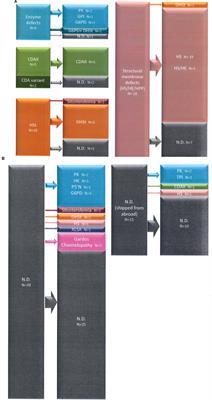
METHODS
Published on 25 Mar 2021
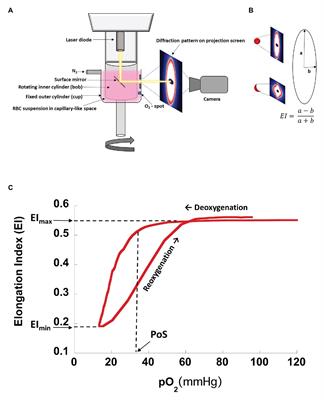
ORIGINAL RESEARCH
Published on 25 Mar 2021

ORIGINAL RESEARCH
Published on 23 Feb 2021
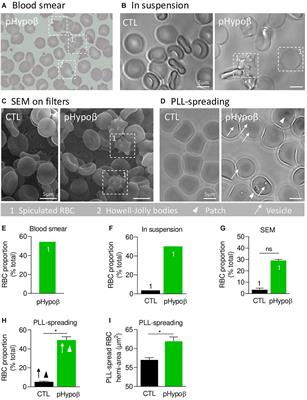
ORIGINAL RESEARCH
Published on 05 Feb 2021
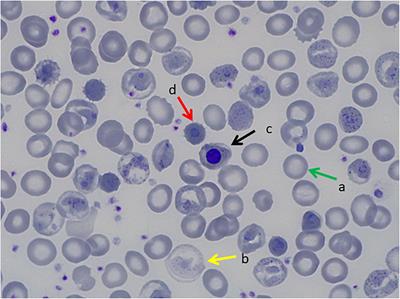
BRIEF RESEARCH REPORT
Published on 14 Jan 2021
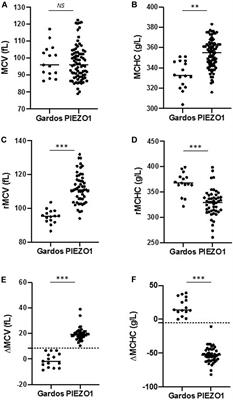
ORIGINAL RESEARCH
Published on 13 Jan 2021
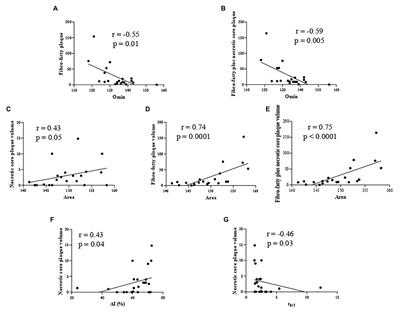
REVIEW
Published on 22 Dec 2020
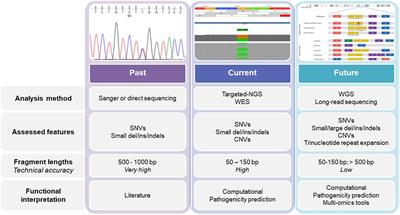
BRIEF RESEARCH REPORT
Published on 12 Nov 2020
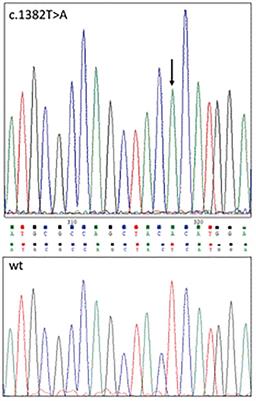
ORIGINAL RESEARCH
Published on 23 Oct 2020
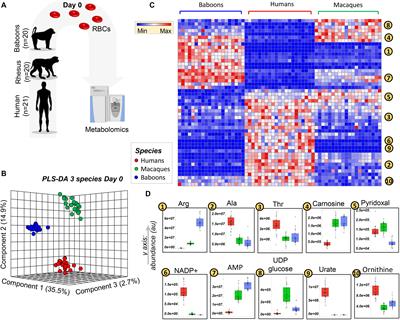
METHODS
Published on 15 Sep 2020
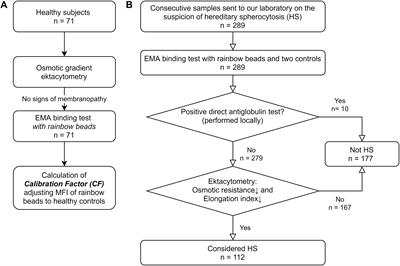

Frontiers in Medicine